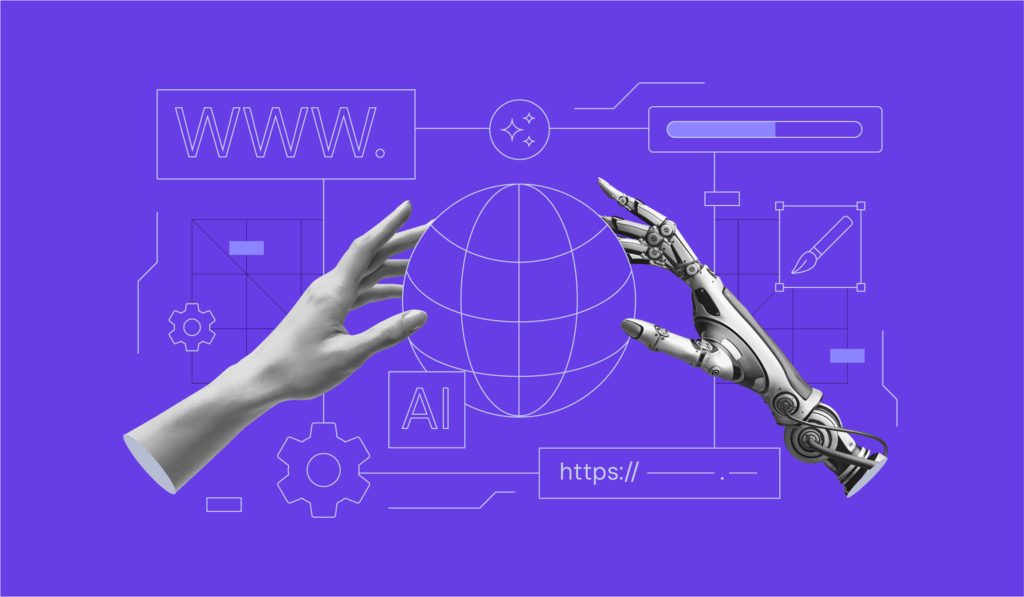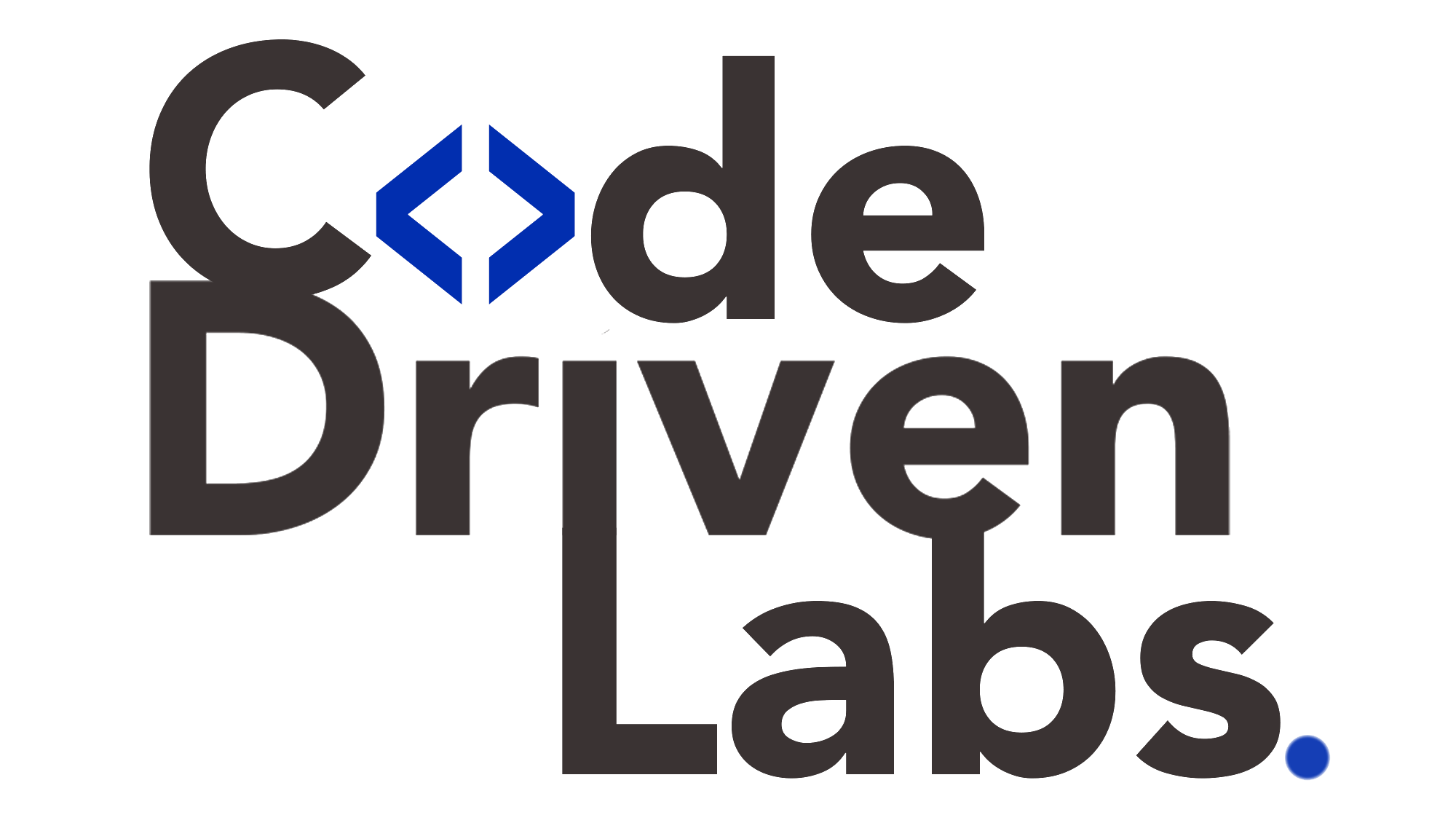Level up your business with US.
- Home
- Personalization at Scale: How AI Tailors Websites for Every Visitor
Personalization at Scale: How AI Tailors Websites for Every Visitor
September 16, 2025 - Blog
Personalization at Scale: How AI Tailors Websites for Every Visitor
In today’s digital-first economy, the success of a website no longer depends on just sleek design or fast load times. Instead, it increasingly hinges on how well the site understands, engages, and adapts to individual visitors. This is where AI-powered personalization at scale becomes a game-changer.
From e-commerce platforms suggesting products based on browsing behavior to media websites curating content tailored to user preferences, personalization has transformed the digital experience. But achieving true personalization at scale—where every visitor receives unique, meaningful interactions—requires advanced technologies, careful strategy, and ethical considerations.
In this blog, we’ll explore how AI tailors websites for every visitor, the benefits and challenges of personalization at scale, and how code-driven labs enable businesses to deliver intelligent, secure, and responsible personalization.

Why Personalization Matters in Website Development
Modern users expect websites to “know” them. Generic, one-size-fits-all interactions no longer meet the mark. Consider the difference:
-
Traditional Experience: A visitor lands on a retail website and sees the same homepage as every other user.
-
Personalized Experience: The homepage highlights products they recently viewed, offers tailored promotions, and suggests items based on their browsing history.
The latter creates a sense of relevance and value. According to industry studies:
-
Personalized websites can increase conversion rates by up to 20–30%.
-
Nearly 80% of consumers say they’re more likely to buy from brands that offer personalized experiences.
-
Businesses leveraging AI-driven personalization see higher customer retention and engagement rates.
For 2025 and beyond, personalization is not just a competitive advantage—it’s an expectation.
The Role of AI in Website Personalization
Personalization at scale is not possible without AI. Traditional rule-based systems can only handle simple segmentation, such as targeting users by age or geography. AI, on the other hand, processes massive datasets in real time, identifies patterns, and makes context-aware predictions.
Here are some ways AI powers website personalization:
1. Behavioral Analysis
AI tracks browsing habits, clicks, and interactions to understand what a user is looking for and adapts recommendations accordingly.
2. Predictive Personalization
Machine learning models predict what a user might want next, offering content, products, or services before the user even searches for them.
3. Content Customization
AI dynamically changes website layouts, banners, and content to match user preferences and browsing history.
4. Real-Time Adaptation
As users interact with a site, AI continuously refines personalization in real time, ensuring every click feels intuitive and relevant.
5. Natural Language Processing (NLP)
AI chatbots and virtual assistants personalize conversations by understanding user intent, sentiment, and context.
6. Cross-Device Consistency
AI ensures seamless personalization across devices—whether a user browses on mobile, tablet, or desktop.
Benefits of Personalization at Scale
Implementing AI-driven personalization delivers tangible advantages for businesses and users alike.
-
Enhanced User Experience: Visitors enjoy content and products tailored to their unique needs.
-
Higher Conversion Rates: Personalized calls-to-action and product recommendations drive sales.
-
Improved Customer Loyalty: Relevant interactions foster long-term trust and engagement.
-
Efficient Marketing: Businesses spend resources wisely by targeting users most likely to convert.
-
Competitive Edge: In crowded industries, personalized experiences differentiate brands.
Ethical Considerations in AI Personalization
While personalization enhances user engagement, it also introduces ethical concerns. Businesses must balance personalization with responsibility.
-
Privacy: Collecting personal data must be transparent, with clear consent.
-
Bias: AI algorithms must avoid reinforcing stereotypes or excluding certain groups.
-
Transparency: Users should know when personalization is AI-driven.
-
Security: Personal data must be protected from breaches.
-
User Autonomy: Personalization should guide, not manipulate, user choices.
Failure to address these concerns can damage trust and lead to regulatory penalties.
Challenges in Scaling Personalization
Delivering personalization to millions of visitors in real time is complex. Some challenges include:
-
Data Silos: Fragmented data across platforms limits holistic personalization.
-
Real-Time Processing: Personalization requires instant analysis of massive datasets.
-
Scalability: AI systems must handle millions of interactions simultaneously.
-
Testing and Validation: Ensuring accuracy, fairness, and compliance at scale is difficult.
This is where code-driven labs come in, providing controlled environments to build, test, and refine personalization strategies.
How Code-Driven Labs Enable AI-Powered Personalization
Code-driven labs are advanced, automated environments where developers and businesses can test AI-powered personalization features safely before deploying them live. They ensure personalization is effective, ethical, and scalable.
1. Data Integration and Validation
Labs help unify data from multiple sources—customer relationship management (CRM), analytics tools, and user behavior logs. They validate data quality, ensuring personalization models are accurate.
2. Bias and Fairness Testing
AI models can be audited in labs to identify hidden biases. For example, ensuring recommendation systems don’t favor specific demographics unfairly.
3. Performance and Scalability Testing
Code-driven labs simulate millions of user interactions to test whether personalization engines can scale without compromising speed or performance.
4. Privacy and Compliance Assurance
Labs validate compliance with regulations like GDPR, CCPA, and HIPAA by testing consent mechanisms, cookie management, and anonymization features.
5. User Experience Simulations
Labs replicate real-world user journeys, testing how AI personalization adapts in different scenarios and ensuring the experience feels seamless.
6. A/B Testing of Personalization Strategies
Labs allow ethical A/B testing to compare personalization strategies without exposing real users to potential risks.
7. Continuous Monitoring
Integrated with CI/CD pipelines, code-driven labs continuously monitor personalization models, ensuring they evolve responsibly as user behavior changes.
Real-World Applications of AI Personalization
1. E-Commerce
Retail websites recommend products, suggest bundles, and adjust pricing dynamically based on browsing patterns.
2. Media and Entertainment
Streaming services personalize watchlists, content suggestions, and even thumbnails to maximize engagement.
3. Healthcare Websites
AI tailors health advice, appointment reminders, and educational content to individual patient needs.
4. Financial Services
Banking websites deliver personalized financial advice, fraud alerts, and investment opportunities.
5. Education Platforms
E-learning websites adjust course recommendations and difficulty levels based on a student’s progress.
In each case, personalization improves outcomes for both businesses and users.
Business Benefits of Code-Driven Personalization
When businesses use code-driven labs to refine AI personalization strategies, they gain:
-
Trustworthy AI Systems: Validated for fairness, transparency, and compliance.
-
Reduced Risk: Potential failures are detected before live deployment.
-
Higher ROI: More accurate personalization increases conversions and engagement.
-
Faster Time-to-Market: Automation accelerates testing and deployment.
-
Sustainable Innovation: Continuous monitoring ensures long-term success.
The Future of Personalization at Scale
Looking forward, AI personalization will evolve even further:
-
Generative AI will create personalized website content, images, and layouts in real time.
-
Voice and Conversational AI will personalize experiences through natural language interactions.
-
Hyper-Personalization will combine behavioral, contextual, and predictive data for unprecedented customization.
-
Federated Learning will enhance personalization while preserving user privacy by processing data locally.
Code-driven labs will remain central to this evolution, ensuring innovations are tested, validated, and ethically aligned before reaching users.
Conclusion
Personalization at scale is the future of website development. Powered by AI, websites can deliver unique, relevant, and engaging experiences for every visitor—boosting conversions, loyalty, and trust. But personalization must be handled responsibly, balancing innovation with privacy, fairness, and transparency.
This is where code-driven labs prove invaluable. By providing automated, controlled environments to test, validate, and refine AI systems, they ensure that personalization strategies are ethical, scalable, and effective.
Businesses that embrace AI personalization responsibly—supported by robust code-driven labs—will not only thrive in 2025 but also set the standard for the digital experiences of tomorrow.
